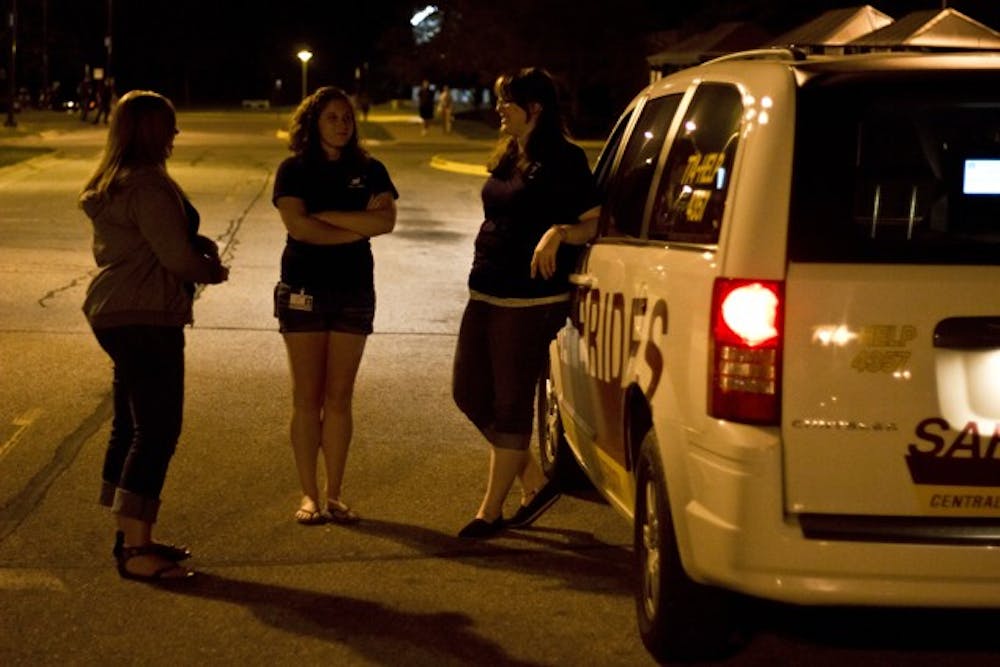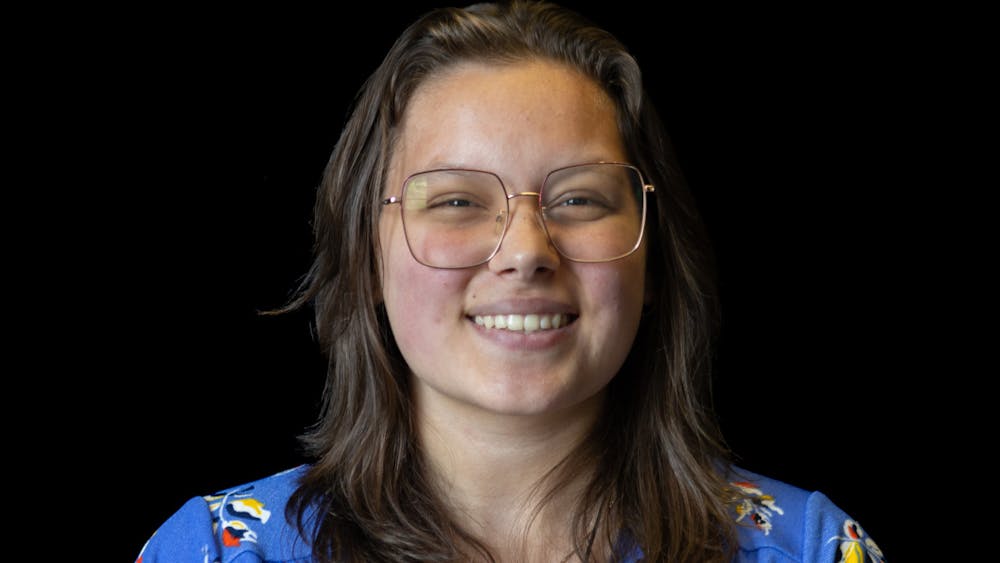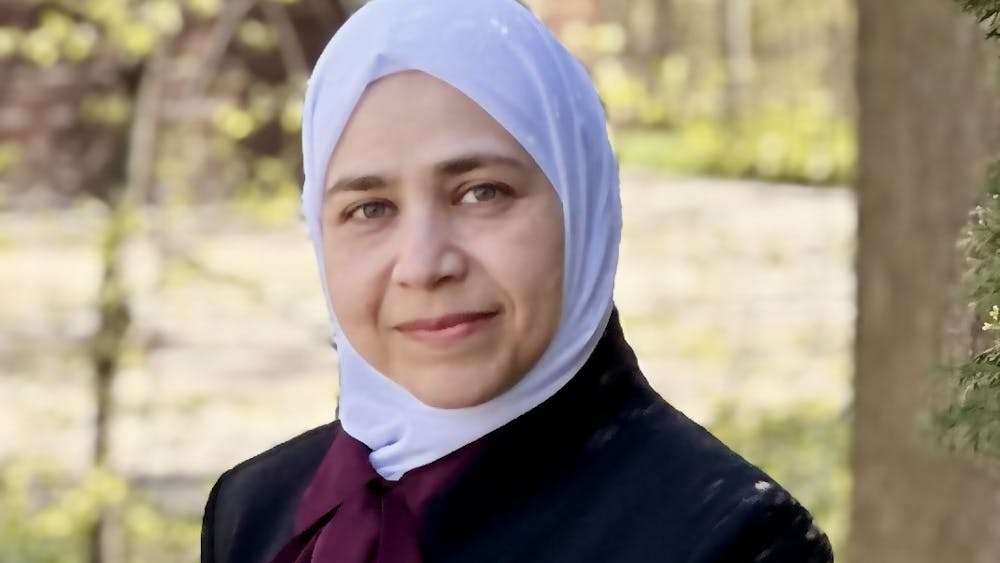Police department updates Safe Rides program

Officers at the Central Michigan University Police Department are hoping students will no longer have to wait almost an hour for a ride from Safe Rides.
In place since 2002, the use of the program has grown significantly, said Lt. Cameron Wassman, but the department has trouble keeping up with the demand. This year, there will be several changes made to the program, including a route system, different hours of operation and a smartphone app to make locating the vans easier.
"When the program was designed, the thought was wanting people to utilize it if they're concerned about their safety at night," Wassman said. "As time has gone on, people have used it for more than safety concerns. It has become more or less a taxi service. We want to still be able to provide a service that is efficient and keeps campus as safe as possible."
This year, there will be 12 set locations with two vans in a route system coming to each stop every 15-20 minutes, similar to a bus route. The vans will be on the road at all times during hours of operation, which will change from 6 p.m.-2 a.m. to 8 p.m.-2 a.m. CMU Police Office Manager Stephanie Williams said this will make the program more useful at times it is needed.
Safe Rides stop locations
1. Lot 33, near the Music Building bus stops
2. Lot 8, near the Blue Light Phone
3. Preston Street, near Charles V. Park Library and Bovee University Center crosswalk
4. Hopkins Court, near Robinson Hall
5. Lot 1, near Bellows Street
6. Anspach Hall Service Drive on the north side of the building
7. Lot 42, near the main Towers Complex Entrance
8. Lot 47, near the Celani Hall entrance
9. Lot 38 near the Thorpe Hall entrance
10. Lot 70, near Theunissen Stadium's Blue Light Phone
11. Lot 63/64, near the Kelly/Shorts Stadium Blue Light Phone
12. Lot 62, near the Student Activity Center entrance
"The call volume at the beginning was not very heavy, so we changed it to when there's the highest call volume," she said. "Most of the year, that time is still fairly light. We feel that if (students) need to get some place, that is a safer time."
The department distributed the locations based on the amount of coverage geographically spread throughout campus, and which places are the most popular spots for students to be picked up, like Lot 62 behind Kelly/Shorts Stadium. Plans are underway for signage at each location, though police will post the route on their social media pages, as well as putting posters in residence halls. They will explain the changes during freshmen orientation sessions and have some information available at Mainstage on Aug. 29.
These changes will be in place as students begin going to classes, and Safe Rides will still be available seven days a week. Coming in mid-September, an app called Double Map will be available. Wassman said other universities and cities are using the app, like University of Michigan and the city of Big Rapids.
"It allows the user to see the stop locations with any delays," he said. "They will be able to see the route, the actual vehicles on the route and where they are at the time based on GPS. It will also calculate the estimated time of arrival for the next route."
Safe Rides provides about 25,000 on-campus rides every year. When the program started, drivers used old patrol cars that were out of service to the police department. Funding for the vans used now came from a joint effort of the CMU Police Department, Office of Student Affairs, University Health Services and Residence Life. In the fall, Safe Rides will have an additional 12-passenger van to allow the transportation of more people, financed by the police department.
Wassman said having three cars on the road is typical for the program, but having a bigger van will only require two cars.
"We'll be able to carry more people at one time," he said. "We'll be more efficient than having three cars on versus the two that can carry more people."




